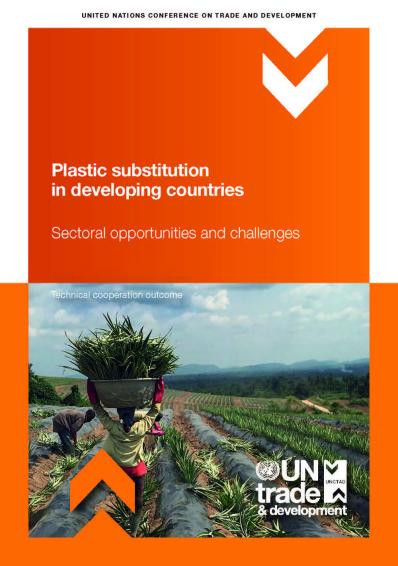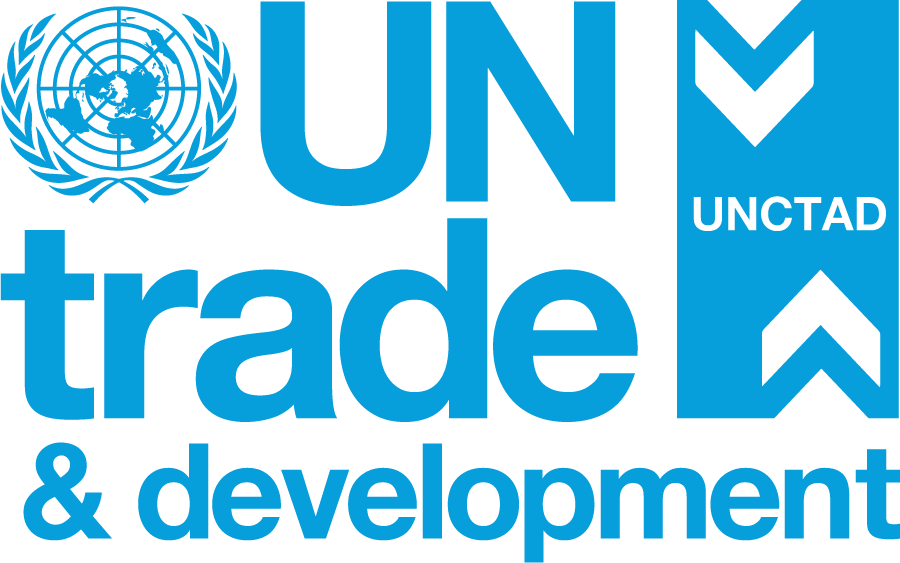
Plastic pollution and its impacts
Plastic pollution poses significant threats to environmental health, human well-being, and economic stability. Emerging research has detected microplastics in human blood and brain tissues, raising concerns about potential long-term health effects.
In marine ecosystems, plastic debris endangers wildlife and incurs substantial pollution management costs, with global ecosystem damage estimated at approximately $2.2 trillion annually.
Despite numerous international initiatives aimed at governing plastic use, critical issues persist, primarily due to the growing production of plastics, the prevalence of single-use packaging, and low recycling and recovery rates.
These challenges underscore the urgent need for a shift towards circular economy practices and the adoption of sustainable materials.
This report explores potential alternatives to conventional plastics in three sectors central to the economies of developing nations: food export packaging, fishing gear, and agricultural applications.
Through case studies in Ghana, Nigeria, Fiji, and Kenya, the report identifies promising substitutes, ranging from natural fibers to biobased polymers, which may offer reduced environmental impact while supporting economic growth and diversification in these regions. However, the adoption of these alternatives is hindered by infrastructural limitations and the lack of standardized definitions and material standards.
Recommendations emphasize sector-specific interventions to encourage the transition away from plastic dependence, grounded in local resources and innovations.
Plastics in food export packaging
Plastic packaging plays a crucial role in food safety, distribution efficiency, and global trade. It protects food from contamination and spoilage, ensuring accessibility for consumers. Sustainable packaging must prioritize material efficiency, eliminate hazards, and ensure recyclability, aligning with environmental conservation and public health goals.
In developing economies, integrating traditional and Indigenous knowledge with modern innovations can enhance food protection and minimize waste. In Ghana and Nigeria's cocoa market, plastic packaging presents both opportunities and challenges. Raw cocoa beans are typically transported in jute bags lined with plastic, while processed cocoa products heavily rely on plastic packaging.
Exploring sustainable alternatives such as biodegradable jute liners, compostable sacks, and seaweed-based bioplastics can reduce environmental impact. Implementing circular economy policies, including Extended Producer Responsibility (EPR) and South-South collaborations, could drive innovation and sustainability in packaging materials.
Plastics in fishing nets and fishing gear
The use of plastics in fishing nets and gear has significantly enhanced durability and efficiency within the fishing industry; however, it has also substantially contributed to marine pollution. Abandoned, lost, or discarded fishing gear, often referred to as "ghost gear," is a major source of ocean plastic debris, endangering marine ecosystems and biodiversity.
In regions like Fiji, where the economy heavily relies on fishing and tourism, the impact of plastic pollution on marine environments is particularly acute.
Establishing biodegradation standards tailored to the fishing industry would facilitate the adoption of sustainable gear materials. Promising material innovations include biodegradable polymers and bioblends that safely degrade in marine environments. Recycling abandoned fishing nets and expanding university research into bioblend materials can further support sustainable fishing while enhancing Fiji's economic resilience.
Plastics in agricultural mulch and seedling tubes
Plastic mulch films have become essential in agriculture, enhancing crop productivity through improved soil water retention, temperature control, and weed suppression. However, their disposal poses significant challenges.
When left in fields, these films can fragment into microplastics, contributing to persistent soil pollution and potentially contaminating underground water sources. Retrieval is costly, often resulting in these films being landfilled, incinerated, or left to degrade in natural environments.
In Kenya, both commercial and small-scale farmers increasingly use plastic mulch and seedling tubes, particularly in horticulture, which accelerates land degradation and threatens long-term soil health.
Potential substitutes for plastic mulches include organic mulching practices and biodegradable mulch films (BDMs). Additionally, cellulose-based products and crop residues are viable alternatives for plastic seedling tubes.
Key recommendations
- Promoting organic mulching practices that leverage locally available crop residues.
- Supporting the development of standards for biodegradable and compostable plastics to guide sustainable agricultural practices.
- Encouraging the adoption of Extended Producer Responsibility and Deposit Return Schemes for food packaging to ensure accountability in the supply chain.
- Enhancing recycling infrastructure and offering incentives for recovering and repurposing agricultural residues.
- Facilitating local production of mulch substitutes and seedling container alternatives to reduce plastic dependency.


